By Tara Mukund
The Indian internet freedom landscape is getting spookier by the day. The latest onslaught is a legal zombie, better known as Section 66A of the Information Technology Act, 2000 (S.66A). Such undead laws rise from a gap between legal invalidation and continued enforcement. They are ‘dead’, in that they are constitutionally invalid, and will not hold up in court. Simultaneously, however, they remain somewhat alive, for authorities still enforce them.
This duality is evident in S.66A, a law that criminalized free expression in digital spaces by penalizing the sending of certain messages categorized as “grossly offensive”, “annoying,” or “inconvenient” via means of online communication. In March 2015, the Indian Supreme Court struck down S.66A in a move to terminate unconstitutional prosecution that inhibits free expression. Since being abolished, however, the seemingly ‘dead’ law has resurfaced — and is haunting the courts of India.
S.66A was struck down in the monumental Shreya Singhal v. Union of India judgment, which focused on issues surrounding intermediary liability and online speech. Individuals and organizations petitioned against the provisions of the law, leading to the introduction of the case. The Supreme Court determined that S.66A violated the fundamental tenet of free speech, guaranteed by Article 19(1)(a) of the Indian Constitution. Judges J. Chelameswar and R. F. Nariman declared the law unconstitutional, citing its overt violation of the right to freedom of expression.
While S.66A was in effect, it was vague in its definition. Its power stretched wide, often unregulated. The law gave the Central Government arbitrary power to prosecute so-called ‘antagonists’ of political dissent. In fact, this issue of obscurity and over-breadth was cited in Justice Nariman’s judgment when he wrote that the terms “grossly offensive” or causing “annoyance or inconvenience” are inherently “undefined terms which take into the net a very large amount of protected and innocent speech.”
S.66A’s obscurity evidently stretches into today’s prosecution. The effect of the law should have been to dismiss pending and prohibit future cases under S.66A, yet the opposite is happening. In fact, as recorded by the Internet Freedom Foundation’s Zombie Tracker — named ‘zombie’ apropos the resurrection of a ‘dead’ law — more cases have been registered under S.66A after its dismissal than before. 681 cases were registered pre-judgment, and 1307 cases post judgment. In response to this illegal protraction of the section, the People’s Union for Civil Liberties lobbied the Supreme Court to ensure enforcement post-Shreya Singhal. On October 12, 2022, four directives designed to bolster the implementation of S.66A’s dismissal were issued by the Supreme Court. These directives are the following: reiterating the ban on prosecution pursuant to S.66A, calling for deletion of charges under the same, directing regional and local officials to ensure discontinuation of use by the police and requiring publications mentioning S.66A to “adequately inform” readers that it has been struck down.
The Supreme Court’s dismissal of S.66A was a watershed moment for the state of digital rights in India. It established precedent in recognizing that certain modes of surveillance are categorically unconstitutional. However, even with the 2022 order, the directive evidently falls short in implementation. The issue of non-compliance seems to lie in an imbalance between the central legislative body and regional authorities. This imbalance rises from clouded and inefficient information channels between the Supreme Court and other branches of the legal system, including municipal authorities, trial courts, and High Courts. Such inefficient information channels are ultimately the core cause of a legal zombie.
Policy solutions, especially in the form of legal and administrative reform, become a key recourse in implementation to S.66A, in addition to other such legal zombies. A potential solution is to ensure state-level implementation by the Centre, in collaboration with the Ministry of Electronics and IT, and the respective state governments. This involves state governments creating regional regulations based on the consequential directions issued in 2022, so as to ensure compliance amongst the police. Another solution is to reform the The Gazette of India — an official document published by the Centre, carrying crucial legal and bureaucratic updates — to highlight judgments of constitutional import. This could take shape as a section of its own, such that state governments are kept informed about key procedural changes. Such administrative reform targets the greater issue of non-compliance in the Indian justice system; it might well establish best-practice for future procedures.
S.66A, its dismissal and consequent re-emergence as a ‘zombie’ underscore the greater need for stronger legal protections for digital rights nationwide. The root issue with S.66A lies in its nebulous language and stifling of free speech. Deeming it unconstitutional is a momentous step in bolstering internet freedom — and it continues to improve that very landscape. The Shreya Singhal judgment paves the way for future reform in the realm of digital rights in India. It establishes precedent across a range of issues — from data privacy to technological surveillance — for they are all underpinned by the fundamental right to freedom of expression and privacy. Reform is a necessary step in ridding our courts of these zombies. Section 66A should be left to rest in peace, all while allowing its headstone to blaze the way forward.

